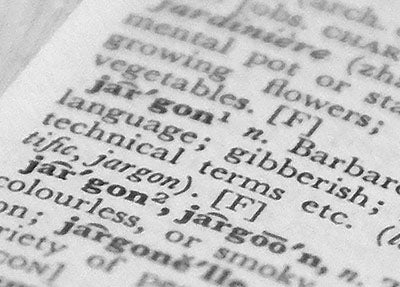-
A small image used by Windows to identify a file or program.
-
A method used for storing information about an MP3 music file, such as the album, artist and track number, inside the file itself.
-
Integrated Drive Electronics. An interface used to connect some hard disks and optical disc drives. Often called ATA.
-
A file that contains a complete copy of everything from a CD, DVD or hard disk.
-
A tool used to create or manipulate digital images.
-
Internet Message Access Protocol. A method for email that allows the user to manage messages stored on a remote server.
-
International Mobile Equipment Identity. A unique number used to identify each mobile phone handset.
-
An interface that allows computer devices to communicate using pulses of infra-red light.
-
A plastic container of ink that can be inserted into an inkjet printer. Some incorporate a print head, while others are simply a box of ink.
-
A type of printer that creates documents by squirting tiny dots of ink onto the page.
-
A system that allows users to communicate over the internet using text-based messages.
-
Where a computer uses a graphics chip built into the motherboard rather than a separate graphics card. This is very common in laptops.
-
A device that has a chip for processing graphics data built on to its motherboard, rather than having a separate graphics card.
-
A global network that links millions of computers.
-
A web browser, made by Microsoft and included with Windows.
-
Making or receiving phone calls using the internet rather than a traditional telephone exchange system.
-
When a scanner increases the size of an image by attempting to guess what lies between existing pixels.
-
A website that can be accessed only inside a company or organisation.
-
Keeping a record of attempts to access a computer or network.
-
The operating system used by Apple’s iPhone and iPad devices.
-
Internet Protocol Address. A number used to identify a computer on a network. Rather like a phone number, an IP address can then be used to send information to the right place.
-
A screen technology. Monitors that use it have wider viewing angles and better, more accurate-looking colours compared with monitors that do not use this technology.
-
Internet Protocol Television. Sending television programmes over a computer network rather than cable, satellite or terrestrial transmission.
-
A new version of the Internet Protocol that assigns a unique number to devices attached to the interwebs. The prime aim of version six is to increase the number of available addresses to provide for the rising number of web-connected devices.
-
Internet Relay Chat. A system for running and connecting to online chat rooms.
-
Interrupt Request Setting. This is a technical setting for many PC parts that should not be changed.
-
A type of image file that contains all the data from a CD or DVD disc.
-
The light sensitivity of a camera. Higher ISO numbers allow you to shoot without flash in darker situations.
-
International Organization for Standardization, also commonly used to describe the international standard determining ink cartridge yield for colour inkjet printers.
-
Internet Service Provider. A company that provides users with an internet connection, for a fee.



